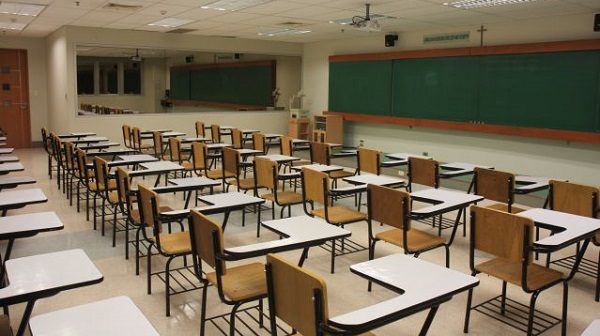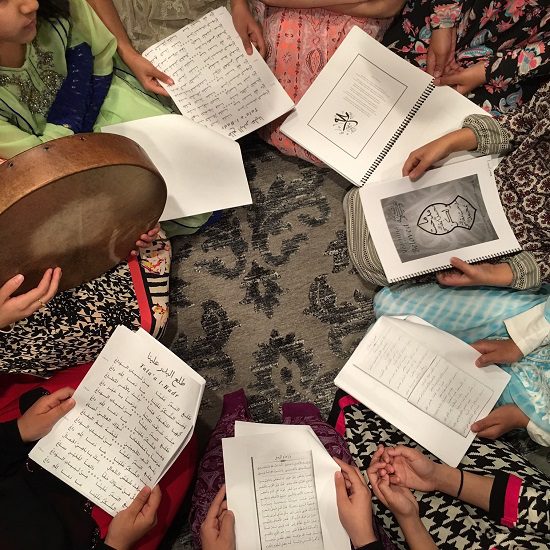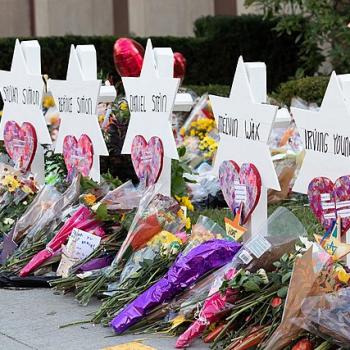People across the country continue to express their shock at the brutal treatment of a high school student by a resource officer in Columbia, SC. Unfortunately, incidents like this are the standard of interactions between blacks and law enforcement. Unfortunately, youth does not secure one from harm.
A study in the Journal of Personality and Social Psychology notes that non-black adults consistently estimate black children as older, less innocent and subject them to harsher treatment normally reserved for adults. Consequently, there are reports of black children as young as five handcuffed by police. A video hit the internet last month showing 16-year-old Emilio Mayfield as four police officers tackled him to the ground and arrested him for jaywalking. The disparity in treatment of black children worries black parents, and many undergo extra precautions to safeguard their children.
Unfortunately, the most recent video of police violence inflicted on an unarmed black child demonstrates a need for increased vigilance on the part of black parents to shield their children from harm in a place typically considered the safest. The recent video of Deputy Ben Fields flipping a defenseless teenage girl, throwing her across the room and handcuffing her is extremely disturbing. The resource officer’s behavior was inappropriately violent and dangerous, and while people scramble to justify his conduct, it is equally alarming that a teacher stood in the classroom and passively watched the brutalization of his student.
As parents put their children on buses, there is an expectation that the school’s administration, staff and faculty will protect their children from injury. In the classroom, this responsibility falls on the teacher. Educators garner a level of trust that while under their purview, students are learning in a safe environment with a professional with the skill sets needed to properly discipline students. Unfortunately, in this situation, the teacher defers to law enforcement to bring control to the classroom and with dire consequences.
During the video clip, one sees the teacher standing there while the officer debases the student in a way that should normally prompt intercession. The need to call in this level of law enforcement is arguable, but once the situation reached a certain level of maltreatment, instead of diffusing the scene, the teacher let it play out. The teacher’s impotence at protecting the student from abuse is chilling, because it sends a message to parents that if a student tests the school’s authority as students typically do, some instructors may allow the dehumanization of their pupils by people trained to kill when necessary.
Fields treated a high school student similar to how he would a criminal, because the school’s administration called and the classroom’s teacher allowed him in to employ tactics normally reserved for adults violating the law. While the choice to abuse a student was Field’s, the school made the decision to “bring in the big guns” because they were ineffective at addressing the situation as educators and disciplinarians. By resorting to law enforcement to settle an in-class disciplinary matter, both teacher and administration demonstrated a lack of competency. Also, the bystander mode in which the teacher engaged shows that there are times when some educators will breach parents’ trust in that teachers are the gatekeepers of children’s safety at school once students walk through the doors.
Richland County Sheriff Leon Lott erroneously places blame at the feet of the student. According to Lott, “If she had not disrupted the school and disrupted that class, we would not be standing here today.” However, in a situation including adults, one cannot mitigate circumstances by passing blame to a child. Teenagers can be defiant and non-compliant, educators are generally aware of that and schools typically train teachers to deal with situations of student opposition to establish order so that learning can continue. To bring law enforcement into a non-threatening situation is an example of the inability of these professionals to effectively discipline children.
It also serves as a stark reality that schools are increasingly becoming authoritarian, with teachers and administration more and more exploiting the presence of necessary members of law enforcement as a disciplinary option. This level of subjugation is inexcusable, and parents need to call school systems to task for treating students like inmates.
Layla Abdullah-Poulos is an adjunct at SUNY Empire State College. She is also a graduate student pursuing a M.A. in Liberal Studies as well as advance certificates in Women and Gender and American Studies. Abdullah-Poulos is the founder and president of Minority Students in Action, a student group dedicated to fostering inclusion and multiculturalism in higher education. She also manages the NbA Muslims website, which features the distinctive native-born American Muslim hybrid cultural experience.
Abdullah-Poulos’ current research focuses on the emerging Islamic-American socio-cultural construct and endeavors to shed a cultural lens on native-born African-American, Euro-American, and Latino-American Muslim identities. Her master’s final project will explore the diverse works of native-born Muslim-American women authors as cultural artifacts.
Jazakallah












